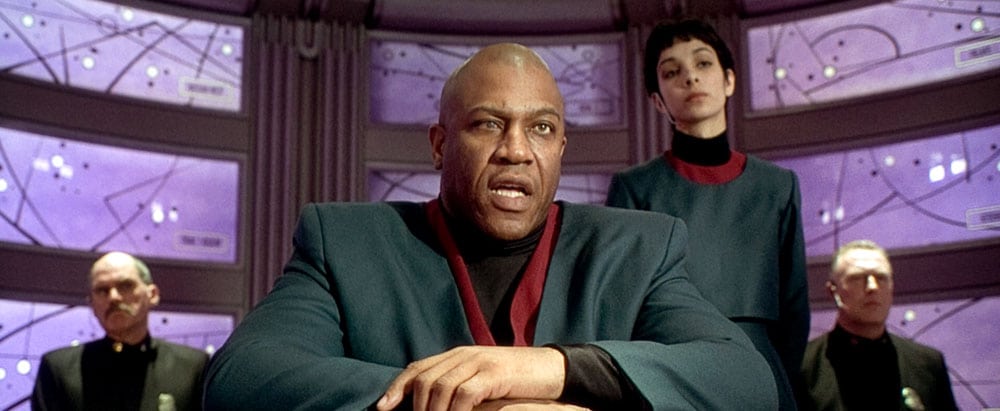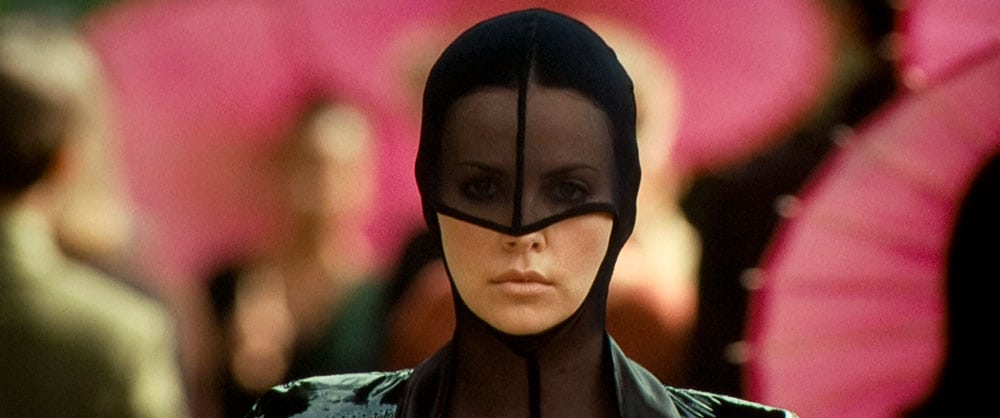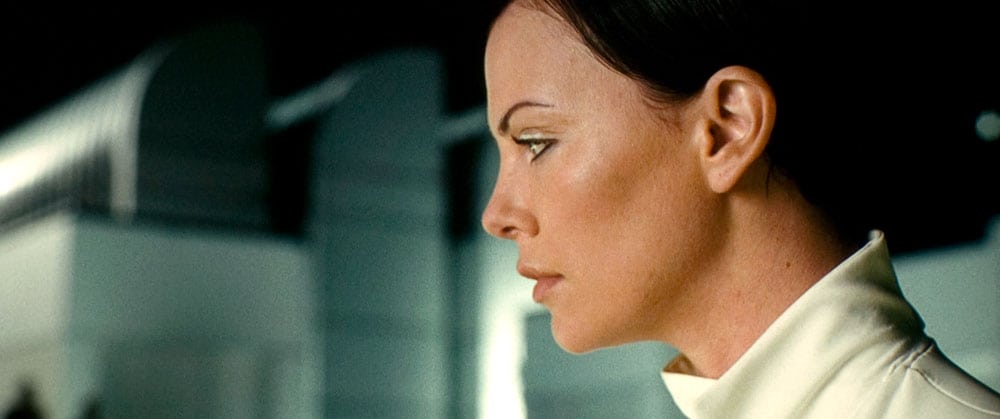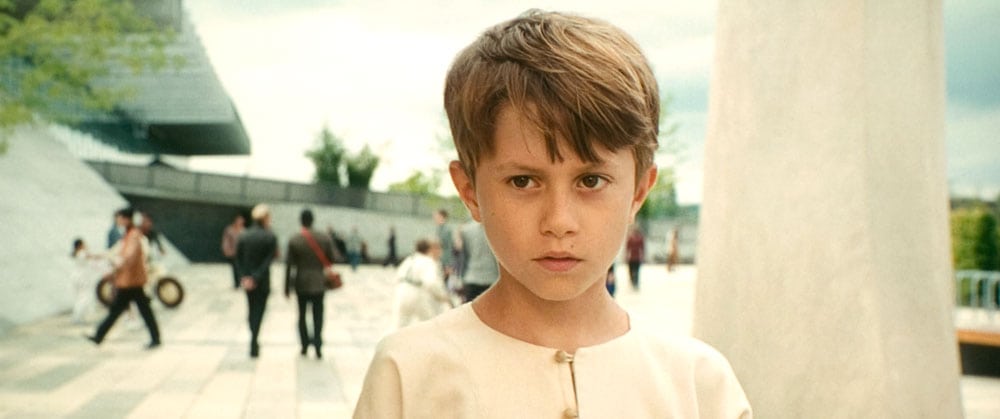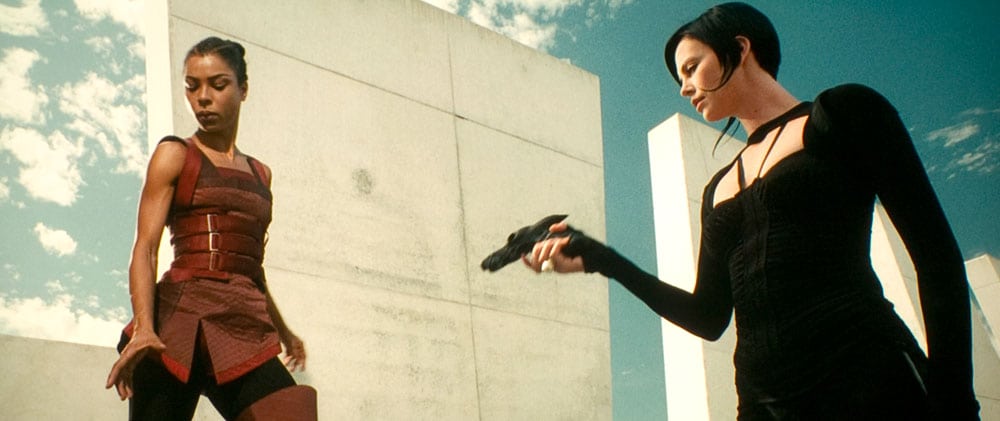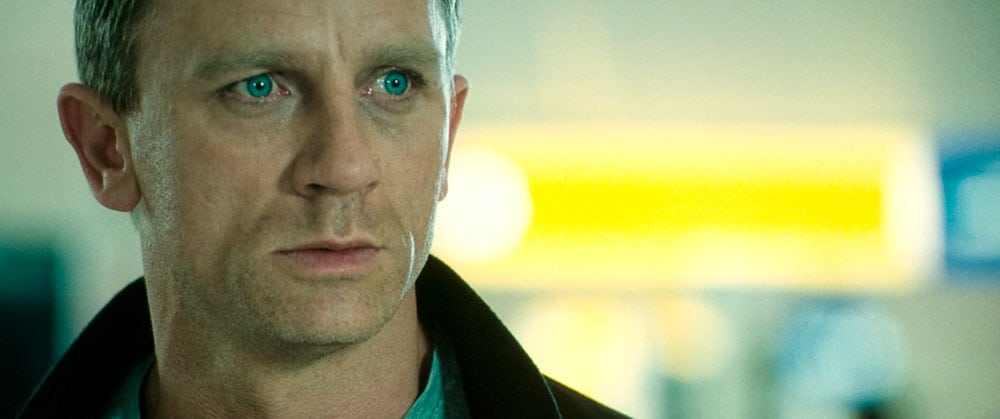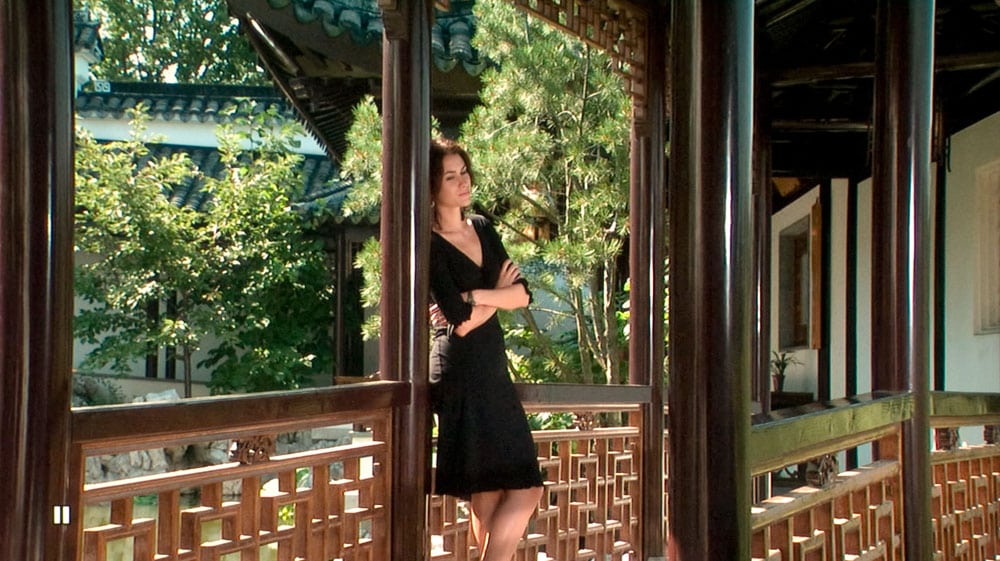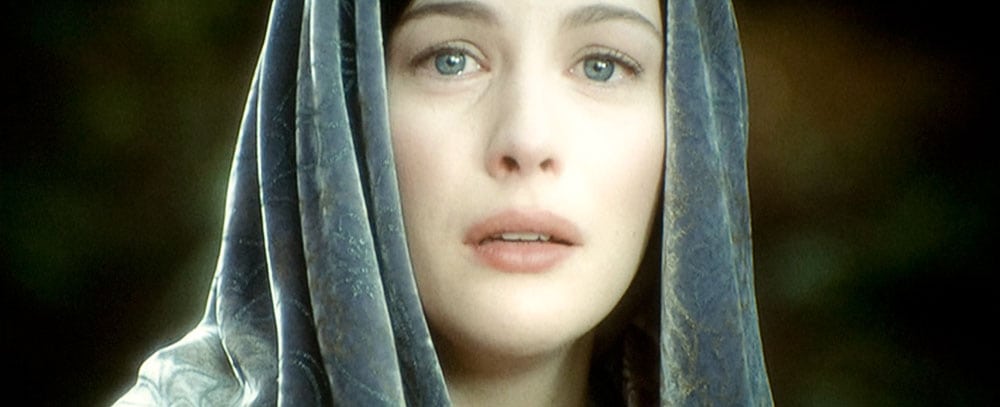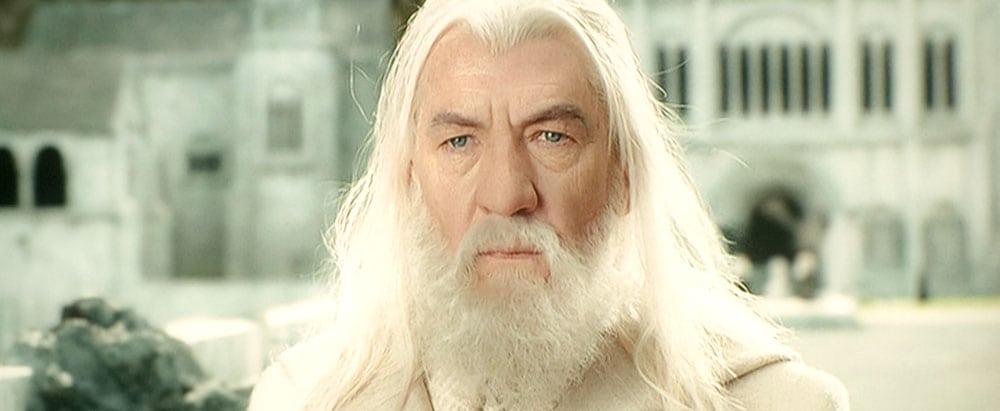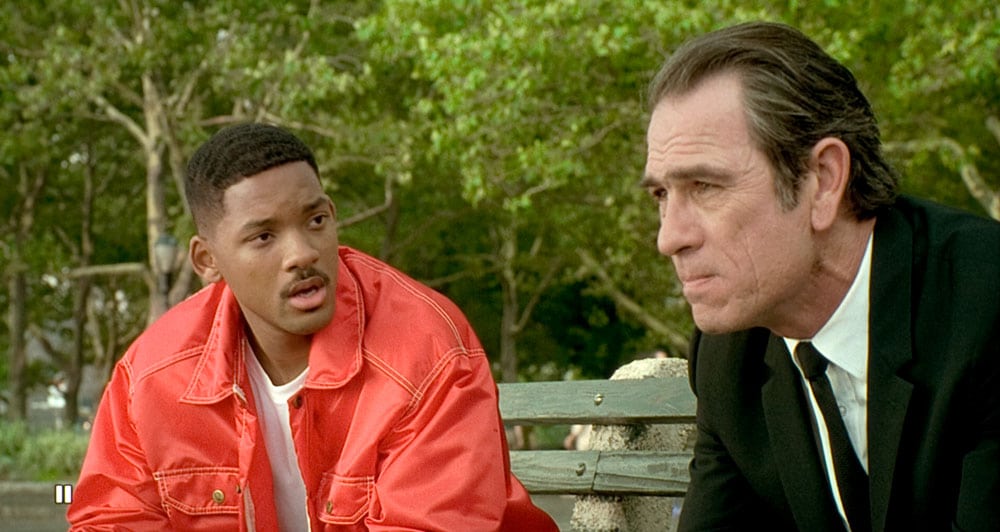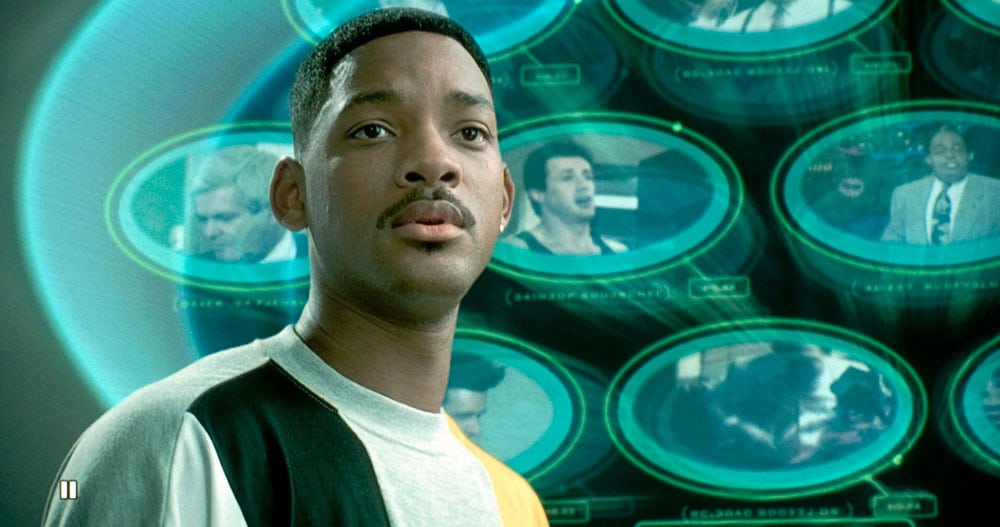DLA-RS10 Lens Throw
The JVC RS10's 2:1 aspect ratio zoom lens provides plenty of placement flexibility to either ceiling or shelf mount. It is identical to the RS20 in this regard. To fill a 100 inch diagonal, 16:9 aspect ratio screen, the front of the projector can be as close as 9 feet, 11 inches, or as far back as 20 feet, 2 inches. Using these measurements for 100 inches, you can figure out the range for any other screen size.
DLA-RS10 Lens Shift
The RS10 has plenty of lens shift too, and it's motorized. For that same 100 inch screen, the projector can be placed anywhere between 15 inches above the top of your screen surface, to 15 inches below the bottom of the screen surface. Those are approximates, JVC doesn't have exact numbers in its manual, but likely it's 14 inches and change above and below.
There are some projectors with a bit more lens shift, but that's pretty good flexibility. The horizontal lens shift allows a maximum of about 30 inches to the left or right of the center point.
Remember, that the two "work together" the more vertical you use, the less horizontal is available, and vice versa. If you have maximum vertical, there is no horizontal lens shift, and vice versa.
Anamorphic Lens
JVC is now offering an anamorphic lens and motorized sled for the JVC DLA-RS10, and HD350. Their part number is RSAL-1. It uses the Panamorph anamorphic lens and sled, and comes with a custom mounting plate with holes drilled only for the JVC projectors. That's as opposed to buying the "generic" Panamorph setup, which would come with a mounting plate with multiple holes drilled to accommodate a wide range of projectors. Using the RSAL-1 should make for an easier installation than the generic version.
JVC DLA-RS10 Projector - Image Quality
JVC DLA-RS10 images below are from either Blu-ray, or HDTV, with the exception of Lord of the Rings (standard DVD). These images are not overly accurate compared to the image the DLA-RS10 projector projects on the screen. There are slight color shifts (too much yellow, in this case), saturation differences, etc.
The images are provided to support the commentary, so don't read too much into them, such as expecting an exact reproduction of skin tones. In reality, the projectors always look better than the images in our reviews. From a color standpoint, my dSLR camera still adds a very slight green shift I have not been able to completely remove.
DLA-RS10 Out of the Box Picture Quality
After needing some tricky calibration on the more expensive RS20 to get really excellent color, and with that projector's out of the box performance (except for the THX mode that the RS10 lacks), I was pleased to see that the JVC RS10's out of the box performance was much better. The RS10's Cinema 1 mode - without adjustment (other than to lower the color saturation), definitely looked much better than the equivalent RS20's Cinema 2 mode, with a similar saturation adjustment. Black level performance (as with the RS20), was extremly good, but some near black shadow detail was crushed. Adjusting the Brightness control from it's default 0 to +1 solved that issue.
Dial down the RS10's saturation and you have a very watchable projector, but the color temperature was definitely a bit lower than the ideal 6500K (but not as far below as the RS20). Overall, the RS10 averaged about 6300K, which translates into just a slight extra emphasis on red. This was correctable with a grayscale calibration.
Flesh Tones
After calibrating and tweaking the JVC DLA-RS10, skin tones improved and we ended up with skin tones that we liked even better than THX mode (on the RS20), although they are pretty similar. I thought the RS10's skin tone handling was outstanding until I put the RS10 up, side by side with the InFocus IN83, which has the best looking skin tones of any projector I have worked with. Side by side, the IN83 still gets the slight advantage, but again, the RS10 only really comes up a little short by direct comparison.
While most projectors with good skin tones do differ from one another, they all tend to look very good during normal viewing. Put two such projectors side by side, and you really notice what would otherwise be subtle differences. If one has more red, and the other a touch more green, they tend to both look off, but either, by itself can look very natural.
Next are our usual three images of Daniel Craig, as Bond, in Casino Royale, under different lighting conditions. The point here, is that correct skin tones vary, depending on the lighting. You can expect significantly different looking skin tones, when switching from bright sunlight, to nighttime, flourescent lighting, incandescent lighting, or even lighting in the shade, or a cloudy day. Consider these three imagfes, the first, in direct sunlight, the second is a scene with flourescent lighting, and the third, a sunny day, but Bond is sitting in the shade - indirect lighting.

